Home>Articles>How Much Time Is Needed To Add For Electric Pressure Cooker Vs Stovetop Pressure Cooker
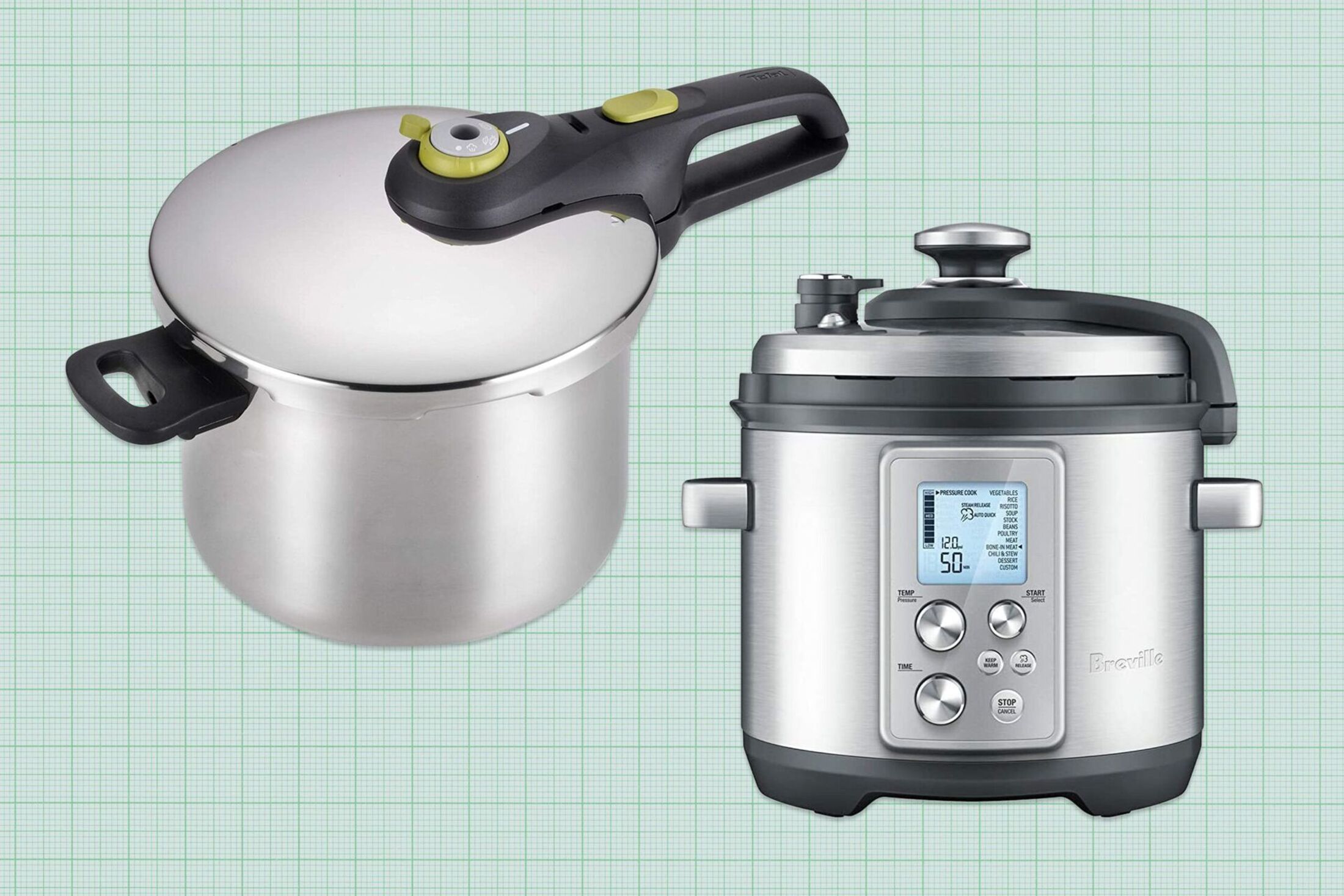

Articles
How Much Time Is Needed To Add For Electric Pressure Cooker Vs Stovetop Pressure Cooker
Modified: September 1, 2024
Discover the time difference when cooking with an electric pressure cooker versus a stovetop pressure cooker and learn which option is more efficient. Read more articles on pressure cooking.
(Many of the links in this article redirect to a specific reviewed product. Your purchase of these products through affiliate links helps to generate commission for Storables.com, at no extra cost. Learn more)
Introduction
Pressure cooking has been a popular cooking method for decades, known for its ability to cook meals faster and retain the natural flavors and nutrients of ingredients. In recent years, electric pressure cookers have gained significant popularity, offering convenience and ease of use. However, many people wonder how the cooking time differs between electric pressure cookers and stovetop pressure cookers.
In this article, we will explore the differences in cooking time between these two types of pressure cookers. We will also discuss the factors that influence cooking time and provide recommendations for adjusting cooking time in electric pressure cookers.
By understanding the nuances of cooking time in each type of pressure cooker, you will be better equipped to make informed decisions about which one to choose for your cooking needs. So let’s dive in and discover the nuances of cooking time in electric pressure cookers versus stovetop pressure cookers.
Key Takeaways:
- Electric pressure cookers take longer to reach pressure than stovetop ones, but offer set-it-and-forget-it convenience. Both types provide significant time savings and delicious meals, catering to different cooking styles.
- Factors like recipe ingredients, pressure levels, and pot size affect cooking times in both types of pressure cookers. Understanding and adjusting for these factors will help optimize cooking experiences and achieve consistent results.
Overview of Electric Pressure Cookers
Electric pressure cookers have revolutionized the way we cook by incorporating modern technology into the traditional pressure cooking method. These appliances are designed to simplify the cooking process and provide convenience to home cooks.
Electric pressure cookers consist of a cooking pot, heating element, control panel, and safety features. The control panel allows users to adjust cooking settings such as pressure level, cooking time, and temperature. Unlike stovetop pressure cookers, electric pressure cookers do not require constant monitoring or adjustment of heat levels.
One of the major advantages of electric pressure cookers is their set-it-and-forget-it functionality. Once you set the desired cooking time and pressure level, the electric pressure cooker will automatically regulate the temperature and pressure for you. This hands-off approach allows you to multitask or attend to other household chores while your meal is being cooked.
Additionally, electric pressure cookers often come with pre-programmed cooking modes for different types of dishes such as rice, soup, stew, or even yogurt making. These pre-set cooking modes take the guesswork out of adjusting cooking time and ensure consistent results every time.
It is worth noting that electric pressure cookers typically take longer to reach the desired pressure compared to stovetop pressure cookers. This initial heating time can vary depending on the model and quantity of food being cooked. However, once the pressure is reached, the cooking time is generally similar to that of a stovetop pressure cooker.
Overall, electric pressure cookers offer convenience, ease of use, and a variety of cooking modes that make them an attractive option for those seeking a hassle-free cooking experience. Despite the initial heating time, the overall cooking time in electric pressure cookers is comparable to stovetop pressure cookers.
Overview of Stovetop Pressure Cookers
Stovetop pressure cookers have been a staple in kitchens for decades, known for their durability and reliability. These traditional pressure cookers utilize the power of steam and high-pressure cooking to significantly reduce cooking time and enhance the flavors of food.
Stovetop pressure cookers consist of a metal pot with a tightly sealed lid and a pressure release valve. The pot is placed on a stovetop burner and heated to create steam, which builds up pressure inside the cooker. The pressure is then released through the valve, allowing for safe and efficient cooking.
One of the key advantages of stovetop pressure cookers is their ability to reach higher pressure levels compared to electric pressure cookers. This higher pressure translates to shorter cooking times, making stovetop pressure cookers ideal for those who want to prepare meals quickly.
Stovetop pressure cookers also offer more control over the cooking process, as you can manually adjust the heat levels during cooking. This allows for precise temperature regulation, particularly when it comes to releasing pressure for specific recipes that require quick pressure release or controlled simmering.
Another benefit of stovetop pressure cookers is their versatility. They can be used on any type of stovetop, including gas, electric, or induction, making them suitable for various kitchen setups. Stovetop pressure cookers are also available in different sizes, allowing you to choose the capacity that best suits your cooking needs.
While stovetop pressure cookers require manual monitoring and adjustment of heat levels, they offer the flexibility to adapt to different recipes and cooking techniques. With proper heat management, you can achieve precise results and customize the cooking time according to your preferences.
In terms of maintenance, stovetop pressure cookers may require occasional replacement of sealing rings and valves to maintain their efficiency and safety. However, with proper care and regular cleaning, stovetop pressure cookers can last for many years.
Overall, stovetop pressure cookers provide a tried-and-true method of pressure cooking that has been relied upon by generations of home cooks. Their ability to reach higher pressure levels and offer greater control over the cooking process makes them a versatile and durable option for those who enjoy traditional stovetop cooking methods.
Cooking Time: Electric Pressure Cooker vs. Stovetop Pressure Cooker
When it comes to cooking time, both electric pressure cookers and stovetop pressure cookers offer significant time-saving benefits compared to conventional cooking methods. However, there are a few differences to consider.
Electric pressure cookers generally take longer to reach the desired pressure than stovetop pressure cookers. This is due to the heating element taking time to heat up the cooking pot and generate steam. The initial heating time can vary depending on the model and quantity of food being cooked. On average, it can range from 10 to 20 minutes. Once the pressure is reached, the cooking time is similar to that of a stovetop pressure cooker.
Stovetop pressure cookers, on the other hand, heat up faster due to direct heat from the stovetop burner. They typically take about 5 to 10 minutes to reach the desired pressure. Once the pressure is reached, the cooking time is significantly reduced compared to conventional cooking methods. In fact, stovetop pressure cookers can cook meals up to 70% faster than traditional stovetop cooking.
It’s important to note that cooking time can vary depending on the type of ingredient being cooked, such as beans, grains, meat, or vegetables. Some ingredients, like tough cuts of meat or dried beans, may require longer cooking times to ensure they become tender and fully cooked. However, with pressure cooking, these usually time-consuming ingredients can be cooked in a fraction of the time compared to traditional methods.
While electric pressure cookers may have a longer initial heating time, they compensate by providing a set-it-and-forget-it cooking experience. Once you set the desired cooking time and pressure level, you can walk away and let the electric pressure cooker handle the rest. This hands-off approach allows you to attend to other tasks while your meal is being cooked.
Stovetop pressure cookers, on the other hand, require manual adjustment of heat levels during cooking. This means you need to monitor the cooking process to ensure the pressure is maintained and adjust the heat accordingly. While it may require more attention, this manual control allows for more precise temperature regulation for specific recipes that require quick pressure release or controlled simmering.
In terms of overall cooking time, both electric and stovetop pressure cookers provide significant time savings compared to traditional cooking methods. The slight variations in heating time between the two types of pressure cookers are small in the context of the overall cooking time.
Ultimately, whether you choose an electric pressure cooker or a stovetop pressure cooker will depend on your personal preference and cooking style. Both options offer efficient and time-saving cooking methods that can help you prepare delicious meals in a fraction of the time it takes with conventional cooking methods.
When using an electric pressure cooker, add about 10-15% more cooking time compared to a stovetop pressure cooker due to the slower build-up of pressure.
Factors Affecting Cooking Time in Electric Pressure Cooker
While electric pressure cookers offer convenience and efficient cooking, there are several factors that can influence the cooking time. Understanding these factors will help you optimize your cooking experience and achieve desired results consistently.
1. Recipe Ingredients: The type and quantity of ingredients used in a recipe can affect the cooking time in an electric pressure cooker. Ingredients that require longer cooking times, such as tough cuts of meat or dense vegetables, will naturally take more time to become tender and fully cooked. It’s important to consider the specific cooking requirements of each ingredient when determining the cooking time.
2. Pressure Level: Most electric pressure cookers offer multiple pressure settings, such as high or low. Higher pressure levels generally result in faster cooking times compared to lower pressure levels. However, keep in mind that higher pressures may require additional time for the pressure to build before the cooking process actually begins.
3. Pot Size and Shape: The size and shape of the cooking pot can affect the cooking time in an electric pressure cooker. A larger pot may take longer to heat up and reach the desired pressure, while a smaller pot may heat up more quickly. Additionally, a wider and shallower pot may allow for more even heat distribution, potentially reducing cooking time.
4. Liquid Content: The amount of liquid used in the recipe can impact the cooking time. Sufficient liquid is essential for creating steam and generating pressure in the cooker. If there isn’t enough liquid, the pressure cooker may not reach the required pressure, leading to longer cooking times. On the other hand, excessive liquid can dilute the flavors and potentially lengthen the cooking time as the pressure cooker takes longer to heat up the liquid.
5. Altitude: The altitude at which you are cooking can affect the cooking time in an electric pressure cooker. At higher altitudes, the boiling point of water decreases, which can impact the cooking time needed to reach and maintain pressure. Some electric pressure cookers have specific altitude adjustment settings to compensate for this and ensure accurate cooking times.
6. Preheating Time: Preheating time refers to the time it takes for the electric pressure cooker to come to the desired pressure before the actual cooking begins. This can vary depending on the model and the temperature of the ingredients. Preheating time should be taken into consideration when determining the overall cooking time.
It’s important to note that electric pressure cookers are designed to provide consistent and reliable cooking results. However, due to the various factors mentioned above, it may require some trial and error to determine the optimal cooking time for different recipes. Experimenting with different ingredients, pressure levels, and pot sizes will help you fine-tune your cooking technique in the electric pressure cooker and achieve the best results possible.
Factors Affecting Cooking Time in Stovetop Pressure Cooker
Stovetop pressure cookers offer a versatile and efficient cooking method, but there are several factors that can influence the cooking time. Understanding these factors will help you achieve optimal results and ensure that your meals are cooked to perfection.
1. Recipe Ingredients: The type and quantity of ingredients used in a recipe can significantly impact the cooking time in a stovetop pressure cooker. Ingredients with longer cooking times, such as large cuts of meat or hard root vegetables, will require more time to become tender and fully cooked. Take into consideration the specific cooking requirements of each ingredient when determining the overall cooking time.
2. Pressure Level: Stovetop pressure cookers allow for precise control over the pressure level during cooking. Higher pressure levels generally result in faster cooking times compared to lower pressure levels. Maintaining the appropriate pressure throughout the cooking process is crucial for achieving desired results. Ensure that the pressure release valve is tightly closed to maintain consistent pressure levels.
3. Heat Source: The heat source used with a stovetop pressure cooker can affect the cooking time. Gas burners tend to heat up more quickly than electric burners, which means that the stovetop pressure cooker may reach the desired pressure faster when using a gas stove. Electric induction cooktops provide precise heat control and typically offer faster heating times compared to traditional electric or coil burners.
4. Pot Size and Shape: The size and shape of the stovetop pressure cooker pot can impact the cooking time. A larger pot may take longer to reach the desired pressure, while a smaller pot may heat up more quickly. Additionally, a wider and shallower pot may provide more even heat distribution, potentially reducing cooking time.
5. Liquid Content: The liquid content in the recipe plays a vital role in the cooking time. Sufficient liquid is necessary to create the necessary steam and pressure inside the cooker. If there isn’t enough liquid, the pressure cooker may struggle to build and maintain pressure, resulting in longer cooking times. Conversely, too much liquid can dilute the flavors and potentially increase the cooking time as the pressure cooker takes longer to heat up the liquid.
6. Altitude: The altitude at which you are cooking can affect the cooking time in a stovetop pressure cooker. Higher altitudes have lower atmospheric pressure, which can impact the cooking time needed to reach and maintain pressure. You may need to adjust the cooking time slightly at higher altitudes to compensate for this difference.
7. Initial Heating Time: The initial heating time refers to the time it takes for the stovetop pressure cooker to reach the desired pressure before the actual cooking begins. This time can vary depending on the heat source and the quantity of ingredients. Remember to consider this initial heating time when estimating the total cooking time for your recipe.
By taking these factors into account, you can fine-tune your cooking technique with a stovetop pressure cooker and ensure that your meals are cooked to perfection. While there may be slight variations in cooking times based on these factors, stovetop pressure cookers offer excellent control and efficiency, allowing you to prepare delicious meals in a fraction of the time compared to conventional cooking methods.
Recommended Cooking Time Adjustments for Electric Pressure Cooker
When using an electric pressure cooker, there are certain adjustments you can make to ensure optimal cooking times and achieve desired results. Here are some recommended cooking time adjustments to consider:
1. Increase Initial Heating Time: Since electric pressure cookers take longer to reach the desired pressure compared to stovetop pressure cookers, it can be beneficial to increase the initial heating time. Adding a few extra minutes to the heating time can help compensate for the slower heat-up process and ensure that the cooking time is not affected.
2. Account for Ingredient Size and Thickness: If you’re cooking ingredients with varying sizes and thicknesses, it’s important to consider this when determining the cooking time. For instance, if you’re cooking chicken breasts of different thicknesses, you may need to adjust the cooking time accordingly. Thicker cuts of meat require longer cooking times to ensure they are cooked through, while thinner cuts may cook faster.
3. Adjust Cooking Time for Tender vs. Tough Cuts of Meat: Tender cuts of meat, such as fillets or tenderloin, require less cooking time compared to tougher cuts, like chuck or brisket. Adjust the cooking time accordingly to ensure tender cuts are not overcooked and tougher cuts are cooked sufficiently to become tender and flavorful.
4. Consider the Desired Texture: The cooking time can also vary depending on the desired texture of the final dish. For example, if you prefer your vegetables to be slightly crunchy, you can reduce the cooking time slightly. Conversely, if you prefer vegetables to be softer, you may need to add a few extra minutes to the cooking time.
5. Take into Account Recipe Recommendations: It’s always a good idea to follow specific recipe guidelines when using an electric pressure cooker. Recipes often provide recommended cooking times based on testing and experimentation. Following these recommendations will give you a starting point and help you achieve consistent results.
6. Adjust for Altitude: If you live at a high altitude, you may need to make adjustments to the cooking time due to lower atmospheric pressure. As altitude increases, the boiling point of water decreases, affecting the cooking time in an electric pressure cooker. Consult your pressure cooker’s manual or refer to altitude adjustment guidelines provided by the manufacturer to determine the appropriate adjustments for your specific altitude.
Remember that cooking times can vary depending on personal preference, ingredient quantities, and specific recipes. It’s always a good idea to experiment and make adjustments based on your own experience and taste preferences. With practice, you will become more familiar with your electric pressure cooker’s performance and be able to confidently adjust the cooking time to achieve perfect results every time.
Conclusion
Both electric pressure cookers and stovetop pressure cookers offer efficient and time-saving cooking methods that can significantly reduce cooking times compared to conventional methods. While there are some differences in cooking times and techniques between the two types of pressure cookers, both can deliver delicious and tender meals in a fraction of the time.
Electric pressure cookers provide the convenience of set-it-and-forget-it cooking, allowing you to multitask and attend to other household chores while your meal cooks. They offer pre-programmed cooking modes, precise temperature control, and a hands-off approach that makes them appealing to busy individuals.
Stovetop pressure cookers, on the other hand, offer greater control over the cooking process. They allow for quick adjustments to heat levels, precise pressure regulation, and the flexibility to adapt to various cooking techniques. Stovetop pressure cookers are favored by cooks who enjoy the hands-on approach and want more control over their cooking.
Factors such as recipe ingredients, pressure levels, pot size and shape, liquid content, altitude, and preheating time can all affect the cooking times in both types of pressure cookers. By understanding these factors and making appropriate adjustments, you can optimize your cooking experience and achieve desired results consistently.
In conclusion, whether you choose an electric pressure cooker or a stovetop pressure cooker depends on your personal preference, lifestyle, and cooking needs. Electric pressure cookers offer convenience, advanced features, and a set-it-and-forget-it approach. Stovetop pressure cookers provide precision, control, and flexibility in cooking techniques.
Regardless of the type of pressure cooker you choose, both will revolutionize your cooking and allow you to prepare flavorful and nutritious meals in significantly less time. Embrace the world of pressure cooking, experiment with recipes, and enjoy the many benefits that these modern kitchen appliances have to offer. Happy cooking!
Frequently Asked Questions about How Much Time Is Needed To Add For Electric Pressure Cooker Vs Stovetop Pressure Cooker
Was this page helpful?
At Storables.com, we guarantee accurate and reliable information. Our content, validated by Expert Board Contributors, is crafted following stringent Editorial Policies. We're committed to providing you with well-researched, expert-backed insights for all your informational needs.
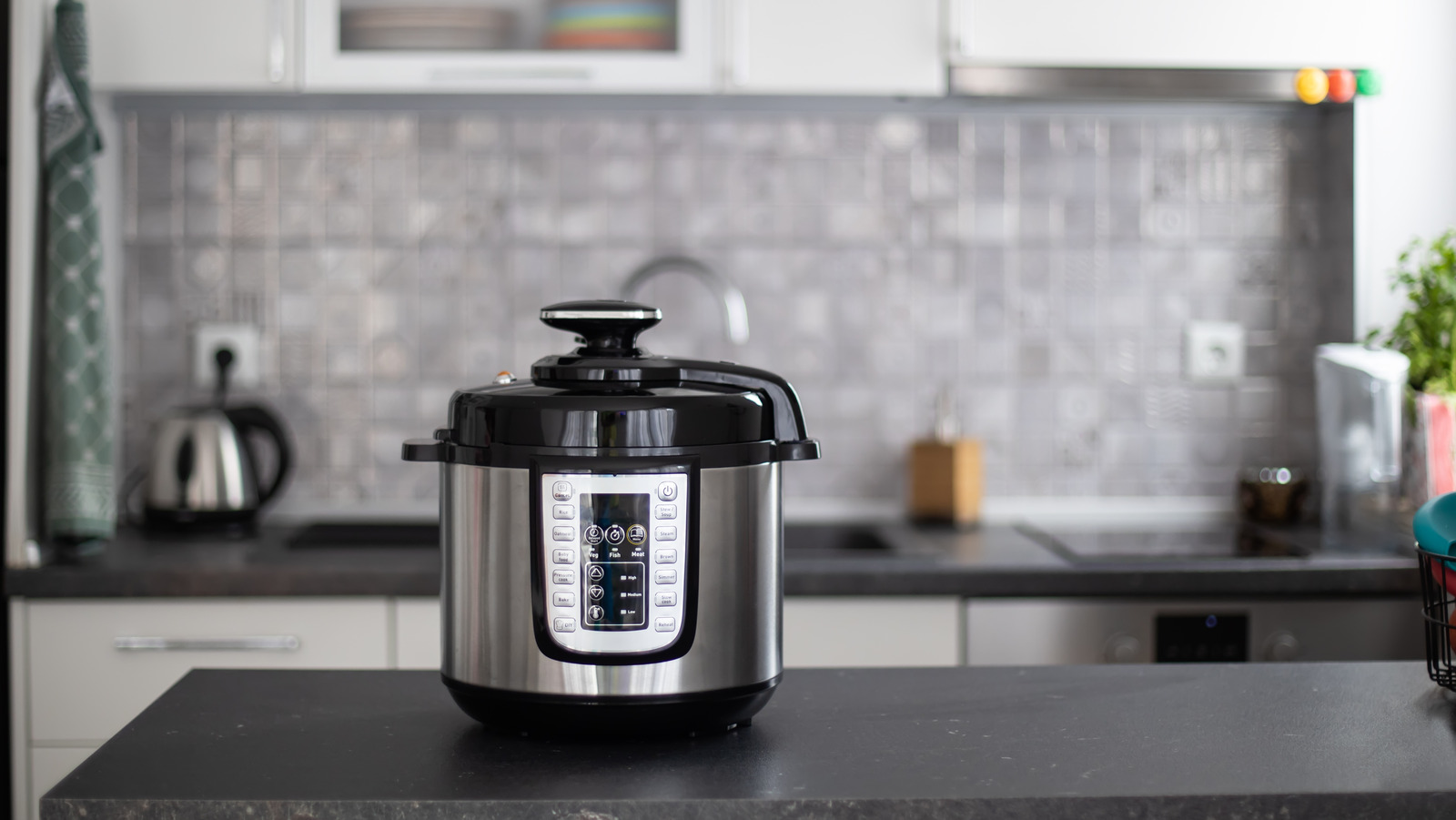
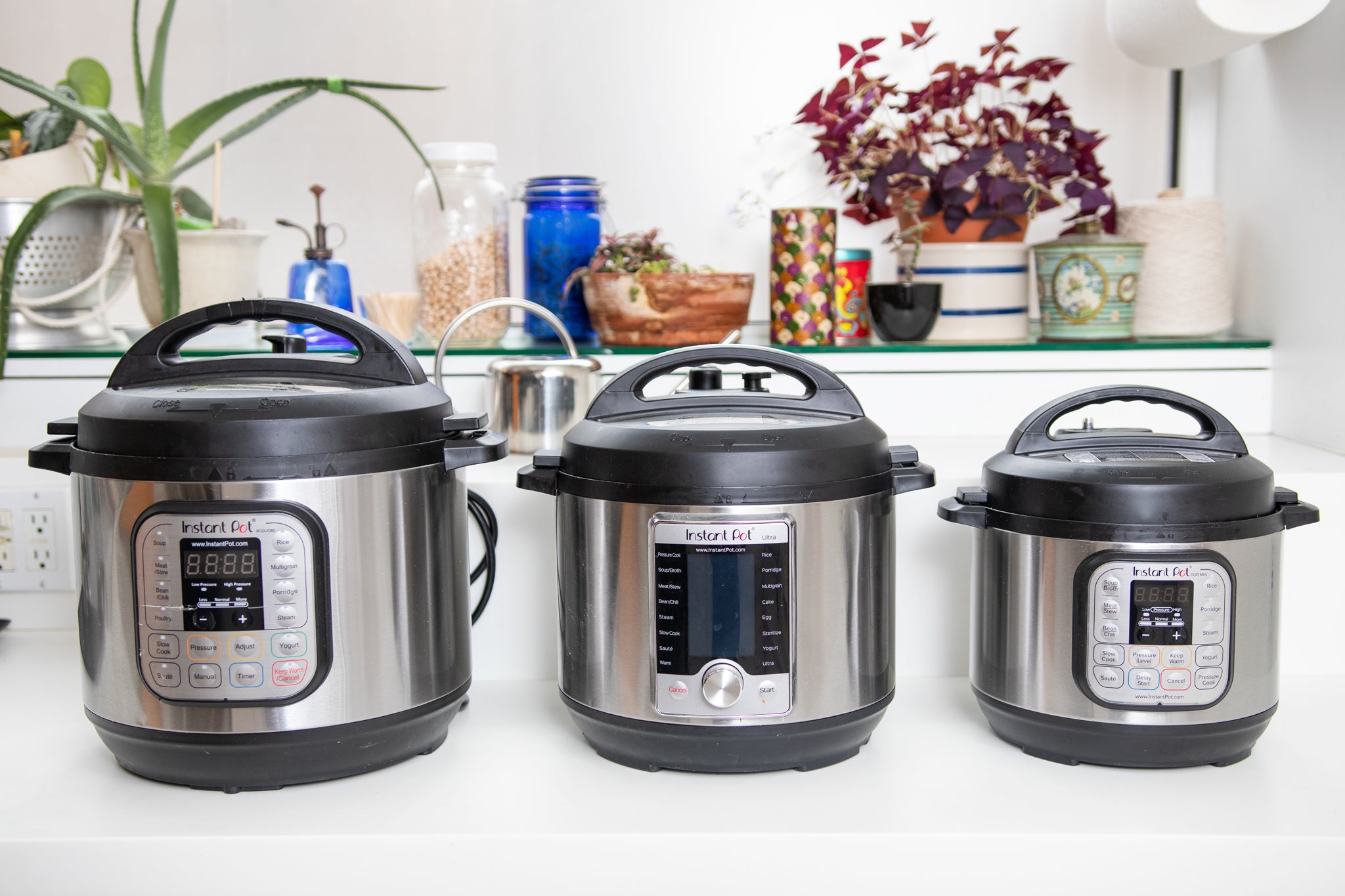
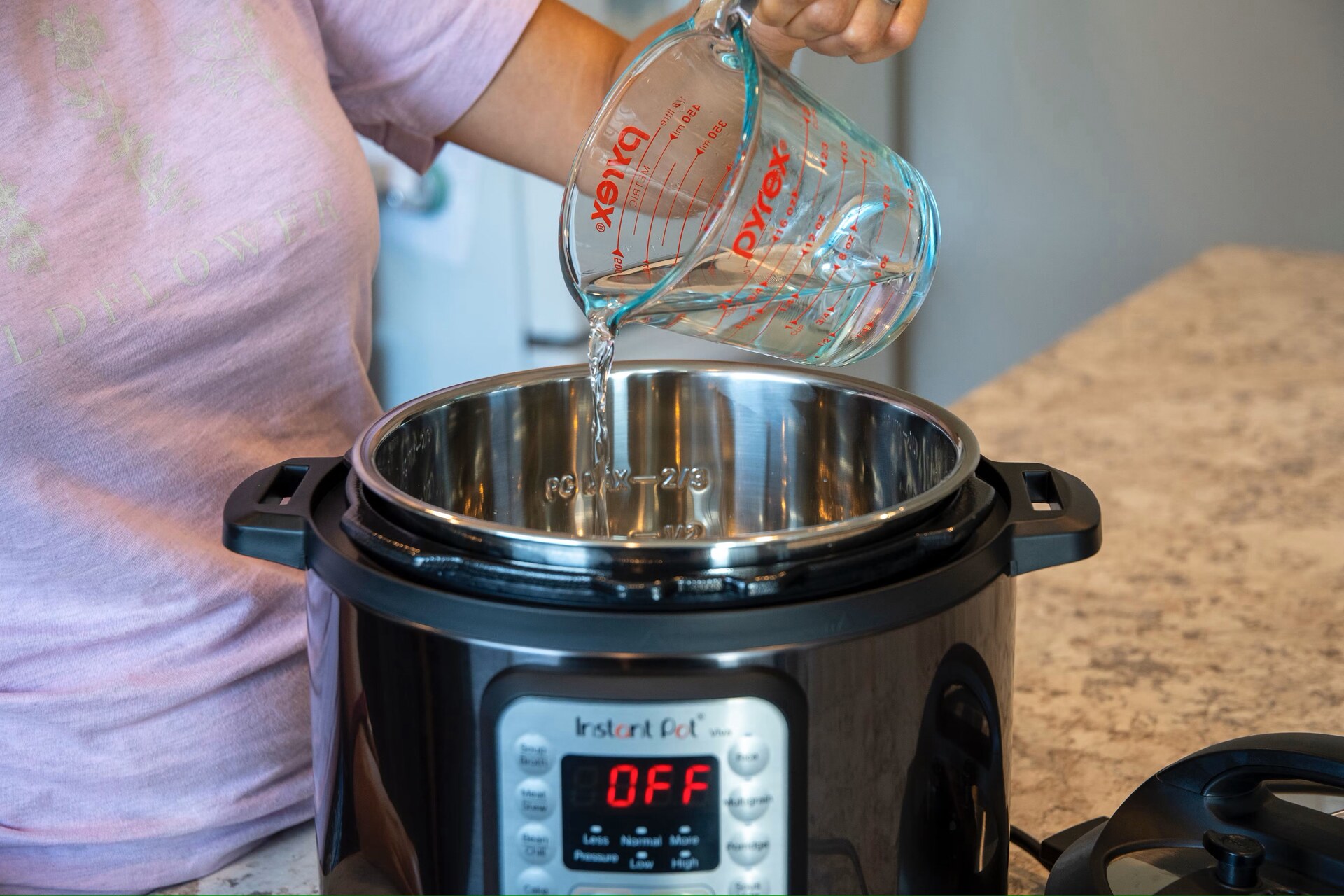
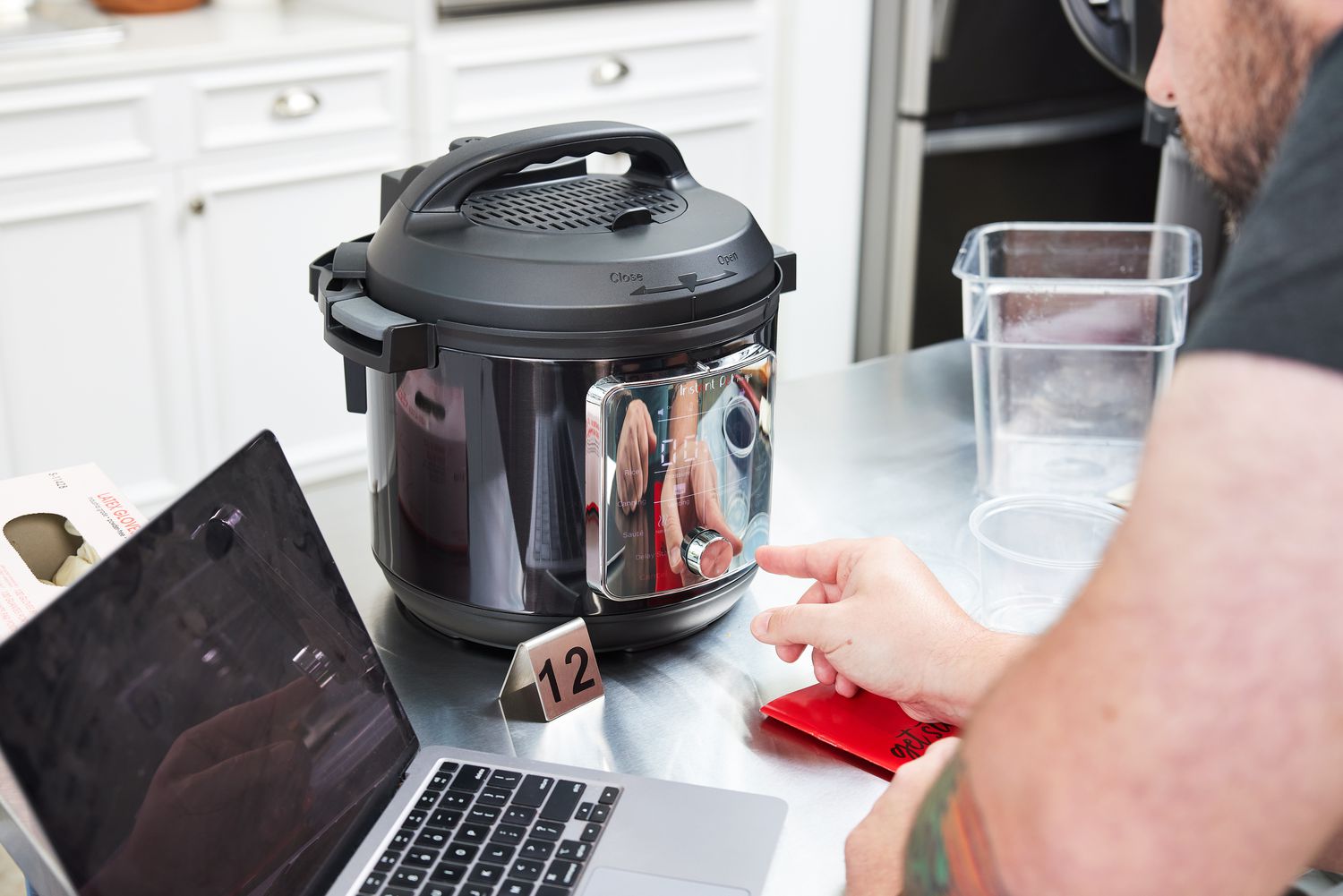
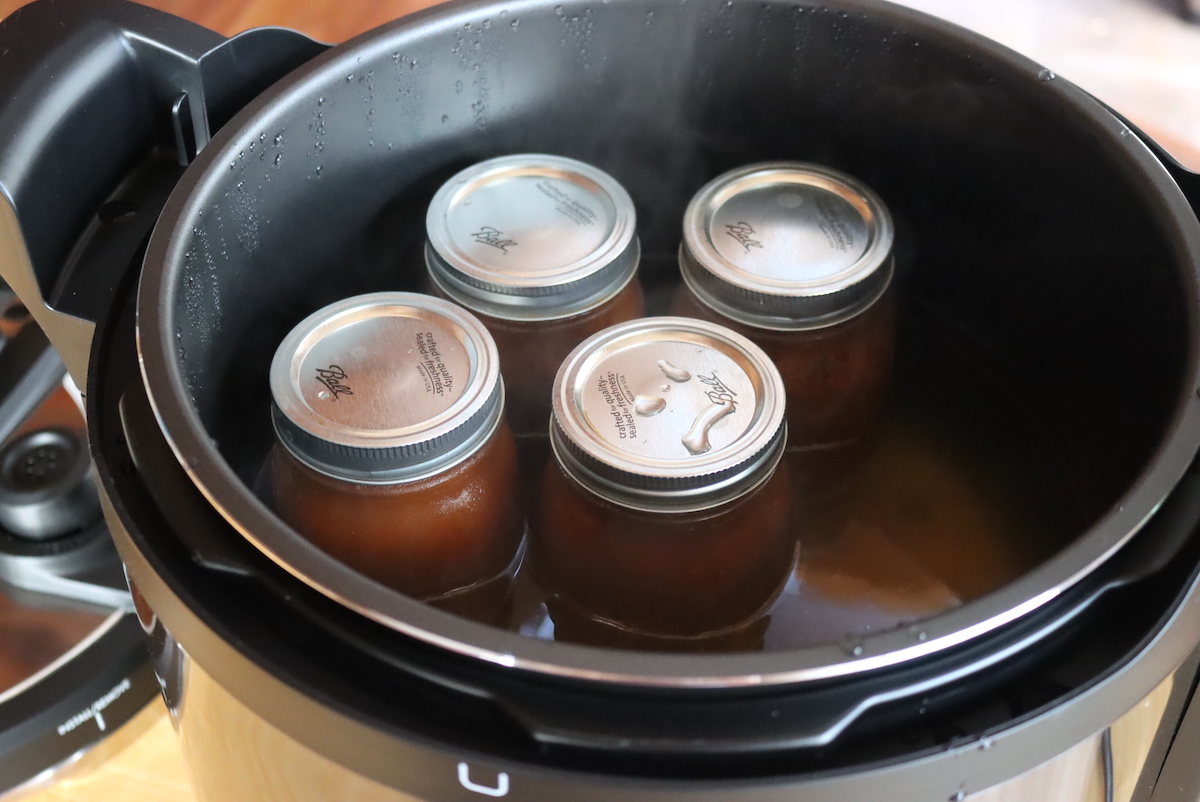
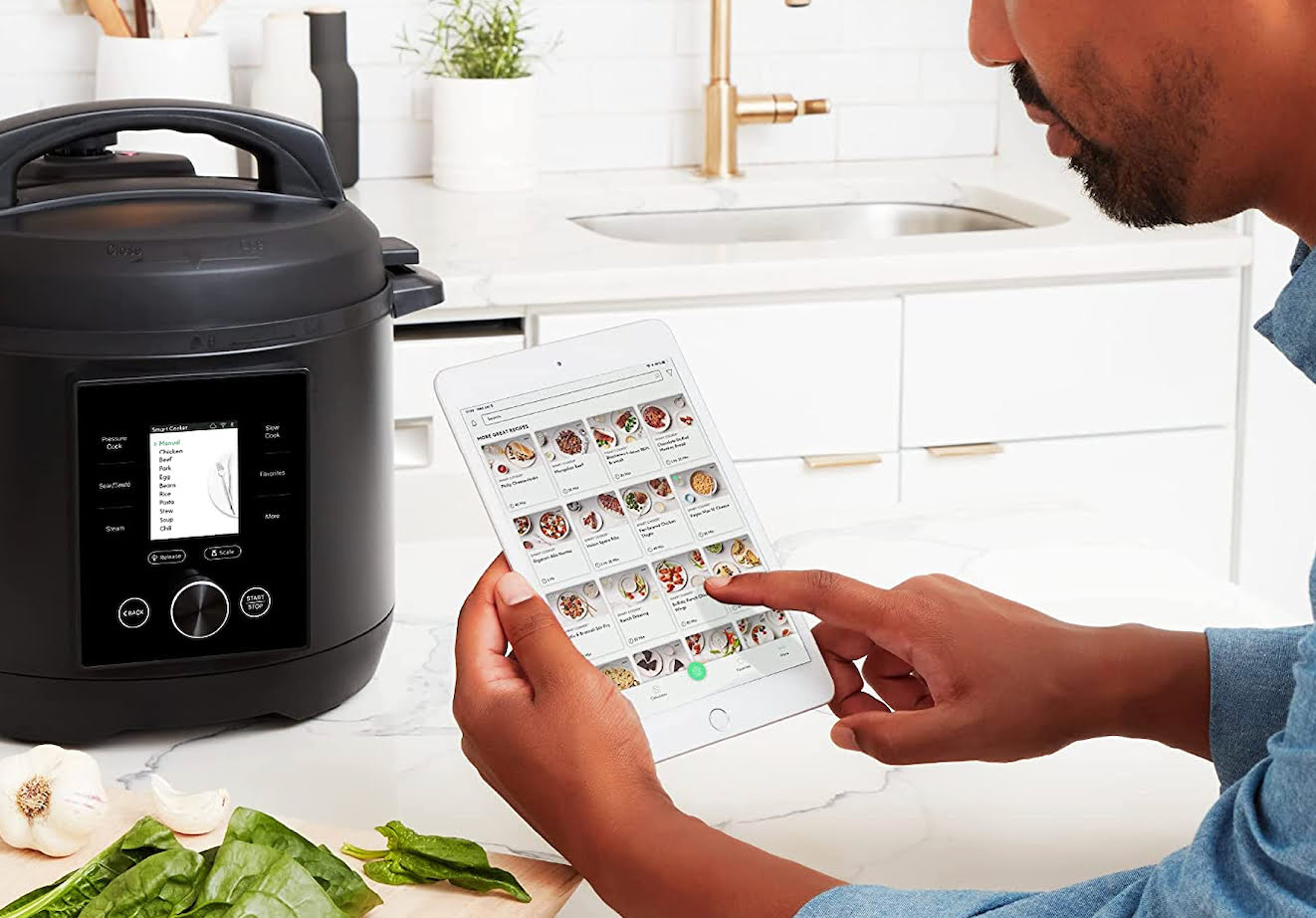
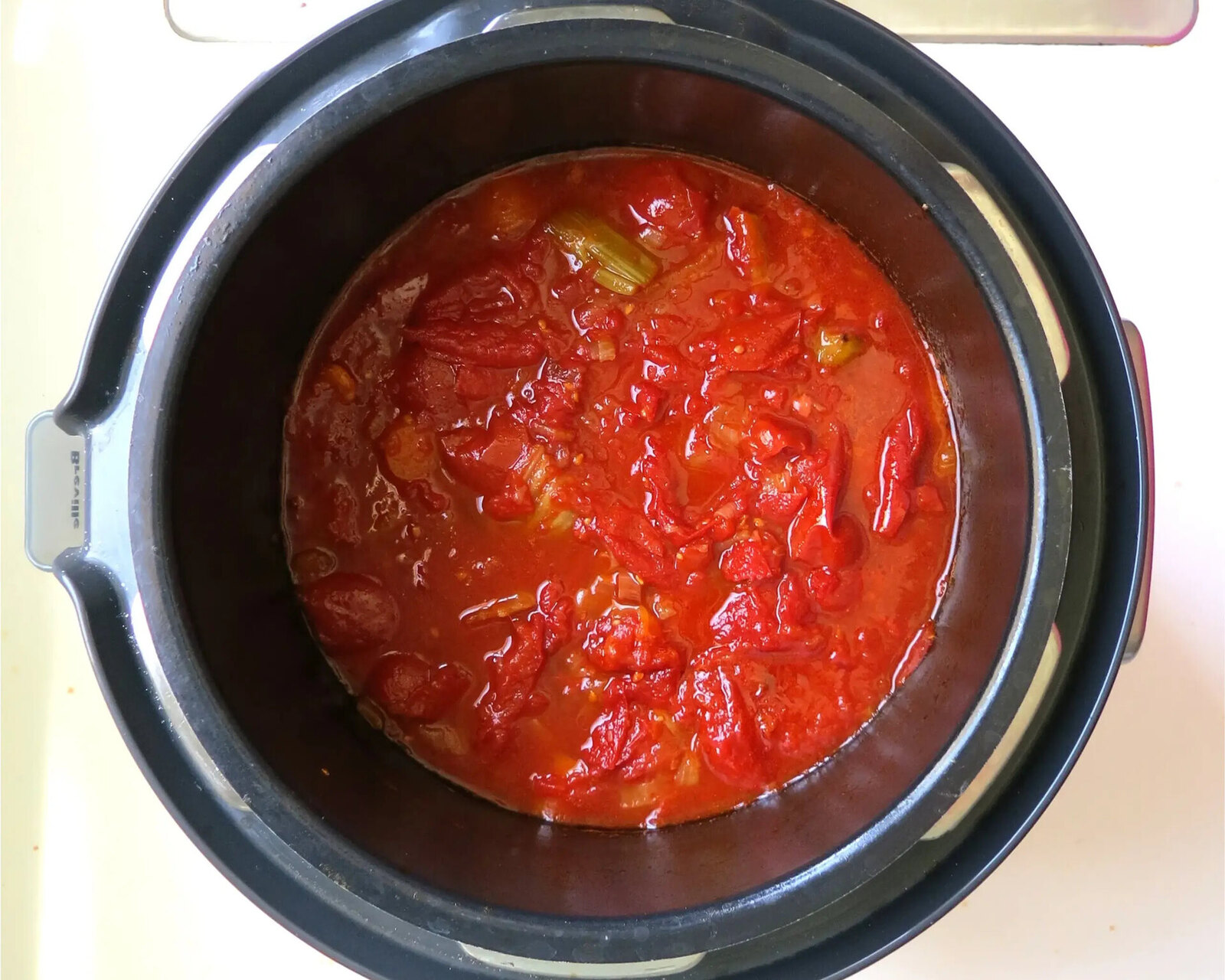

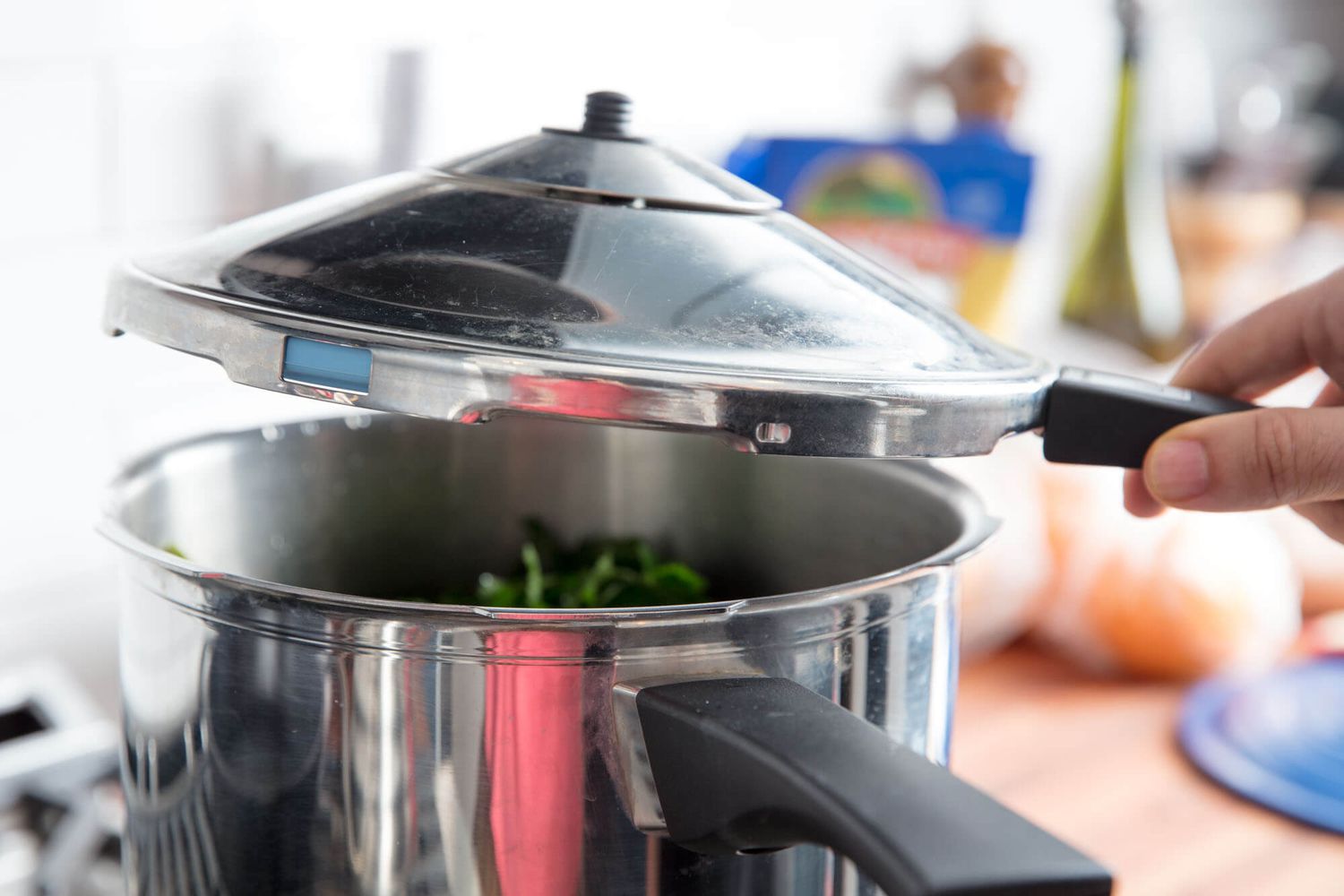
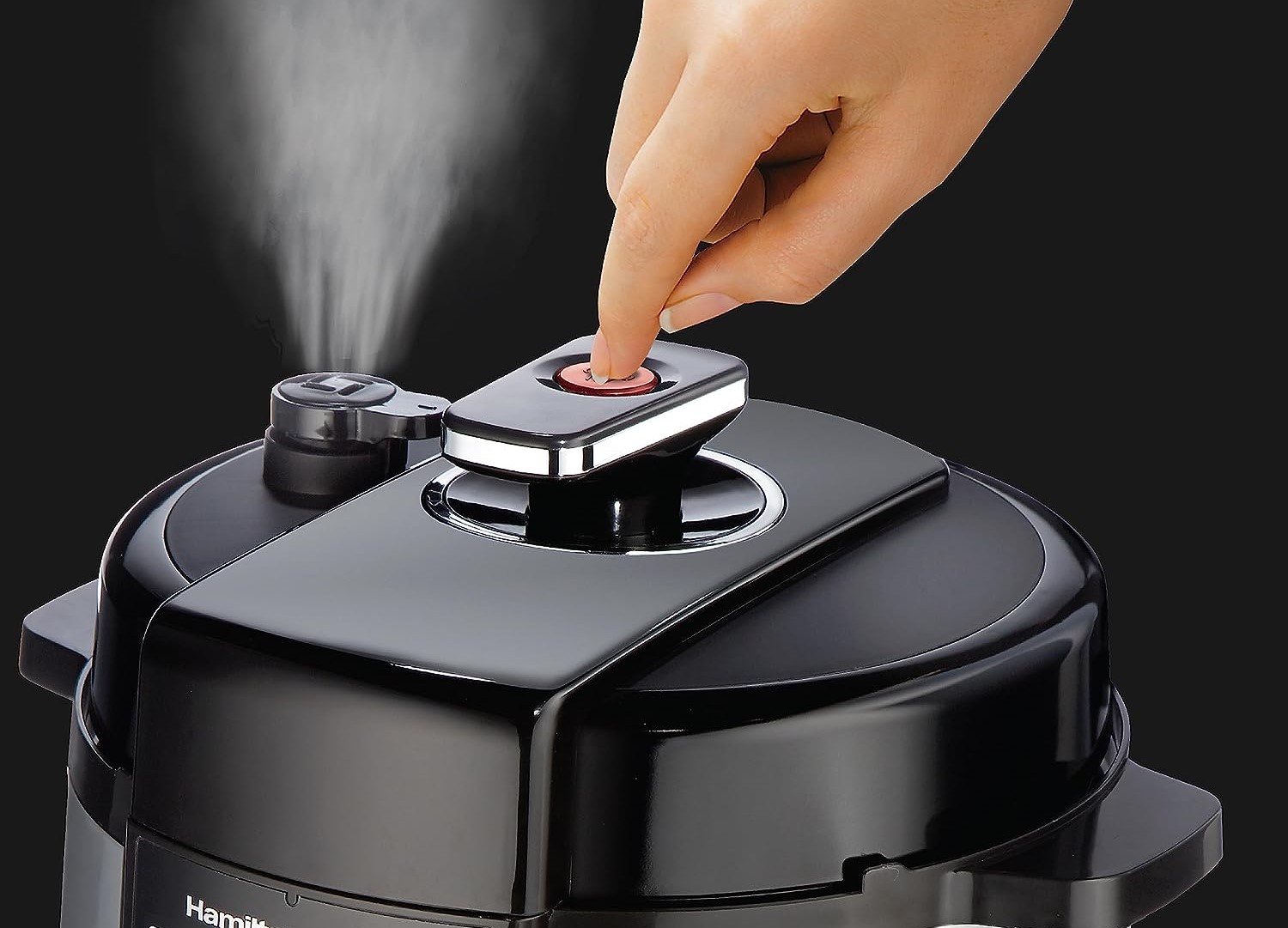
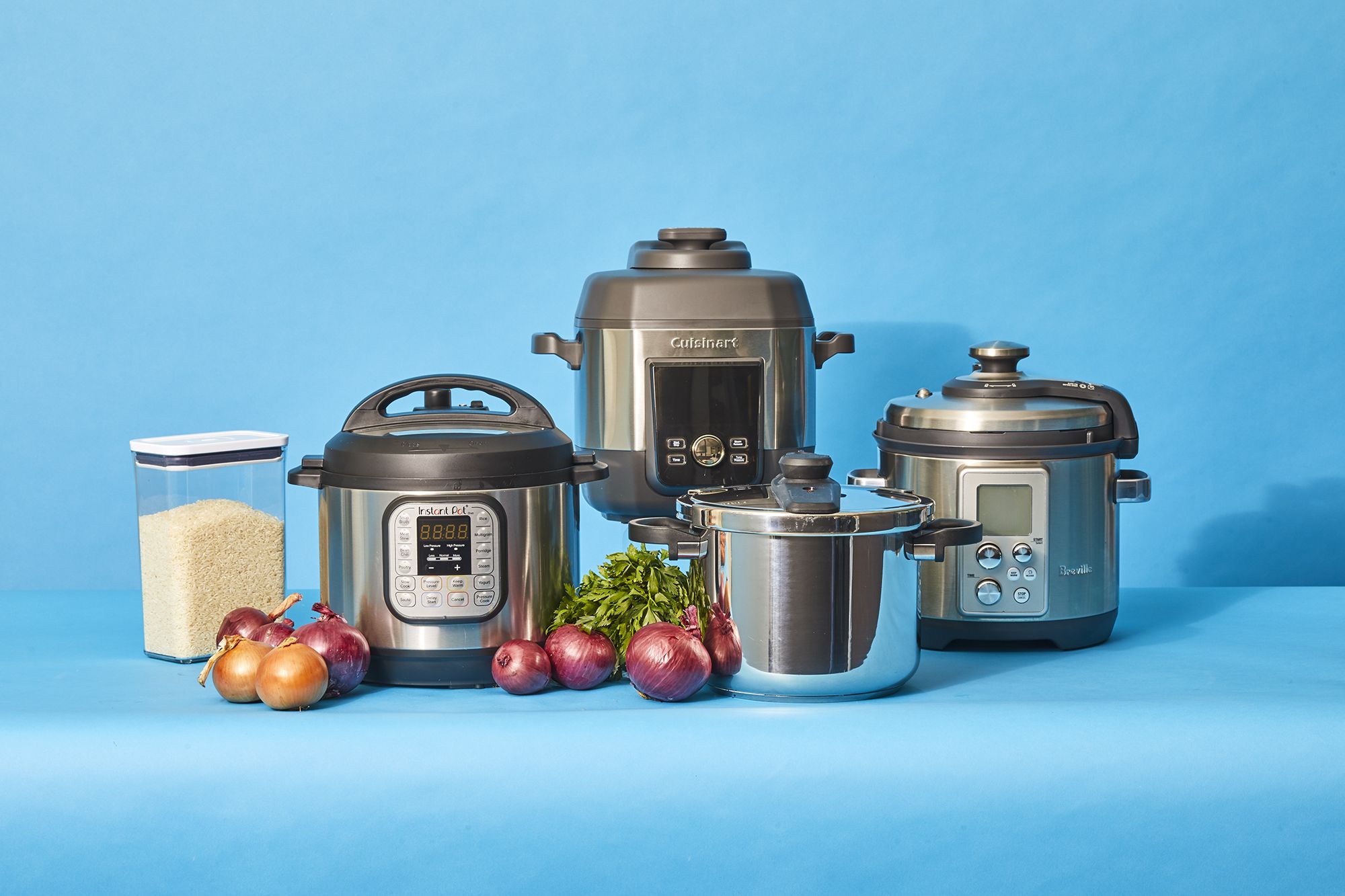
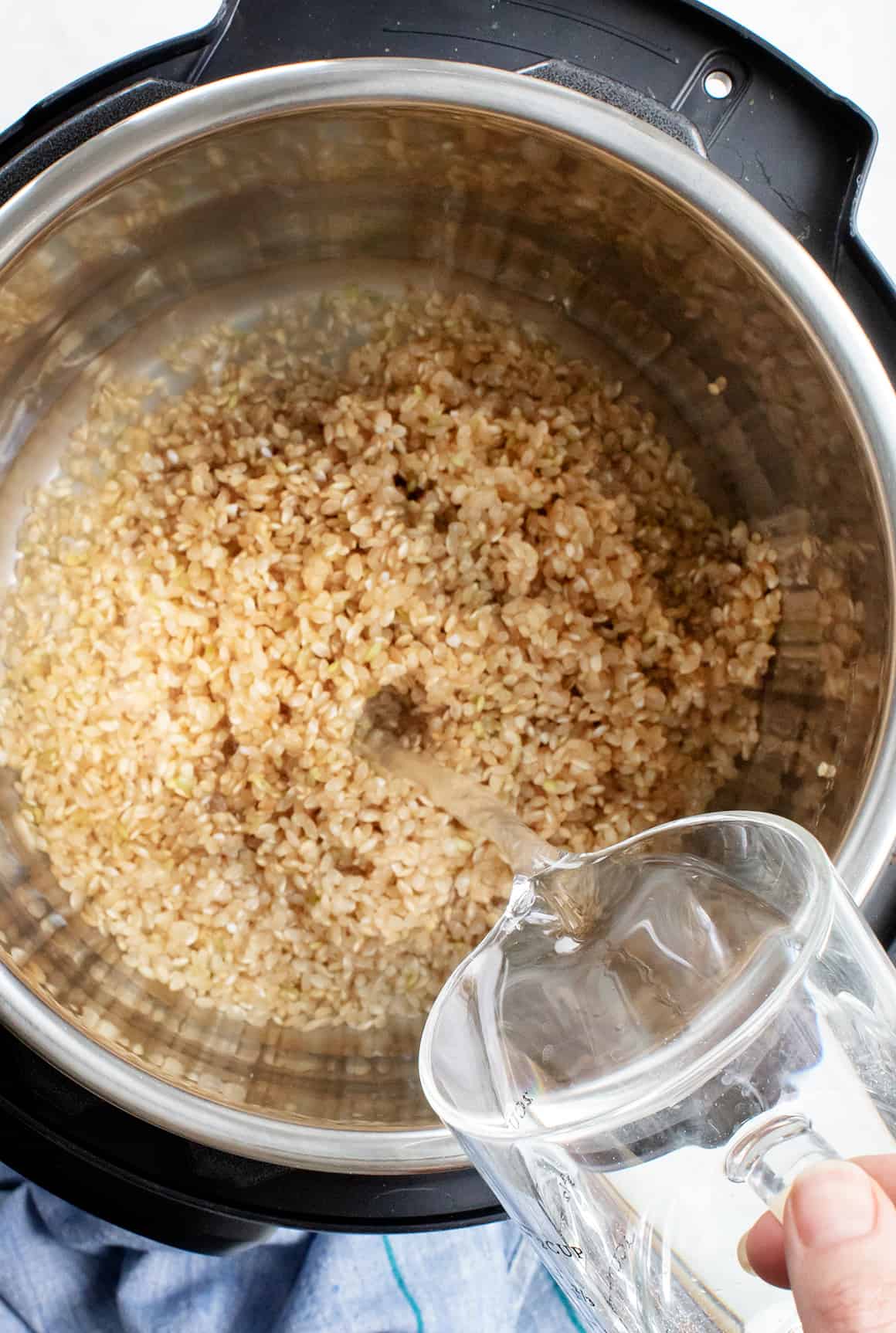
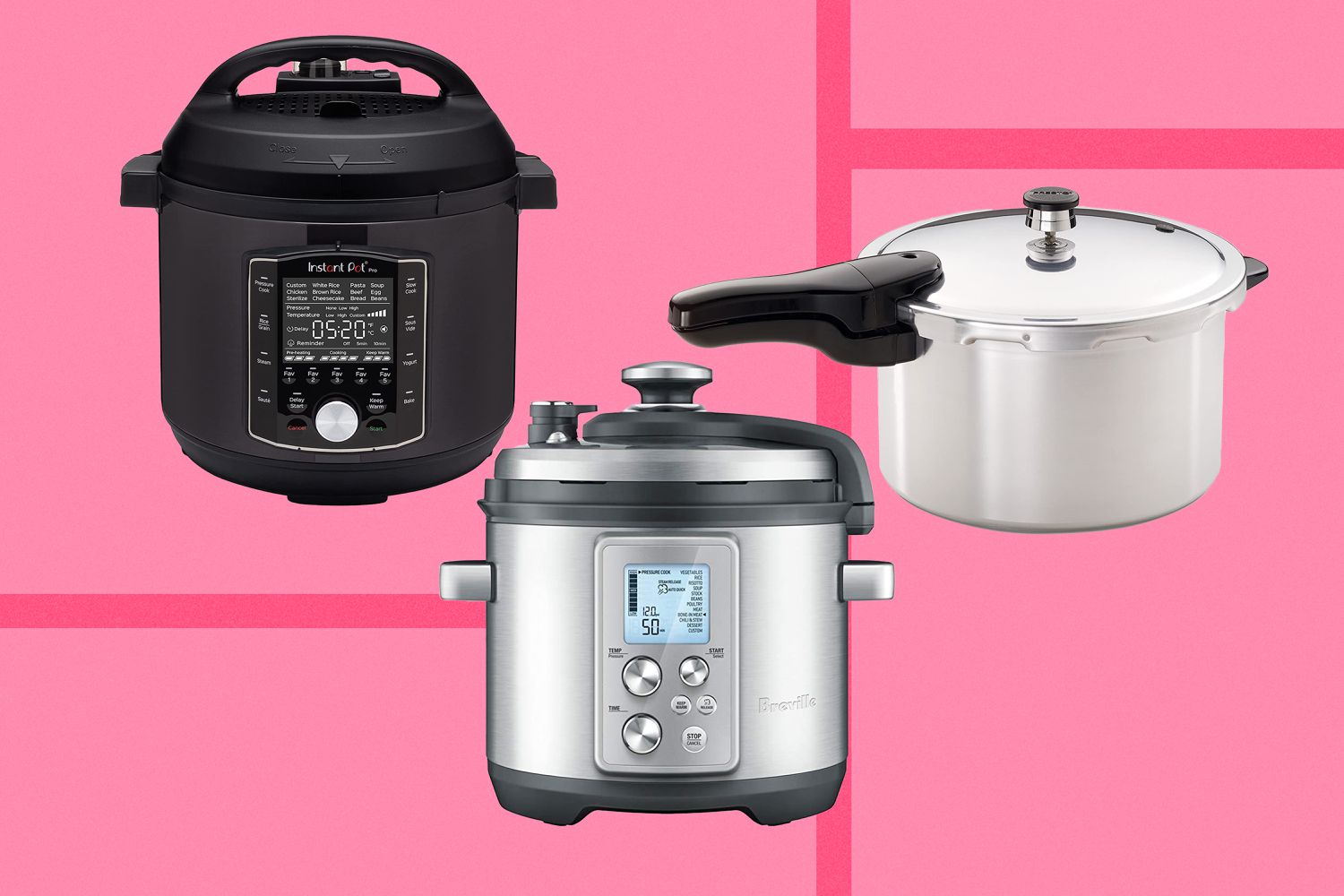
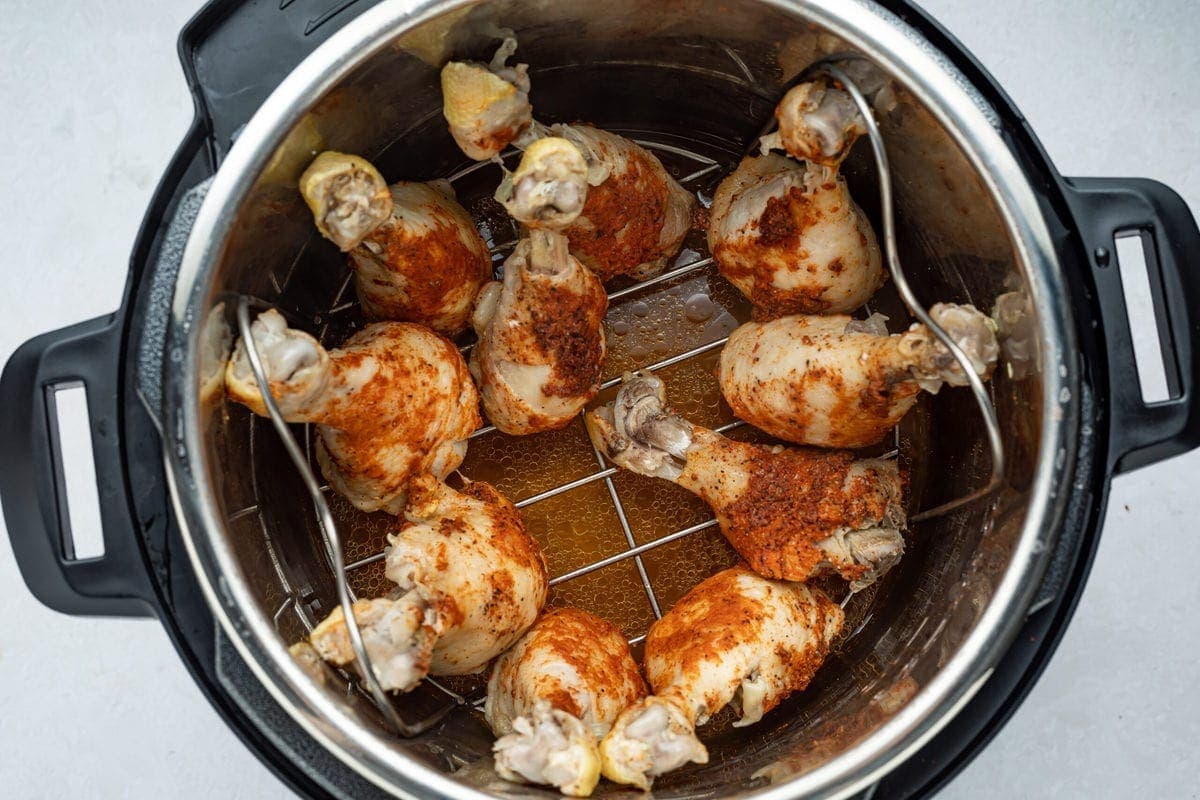

0 thoughts on “How Much Time Is Needed To Add For Electric Pressure Cooker Vs Stovetop Pressure Cooker”